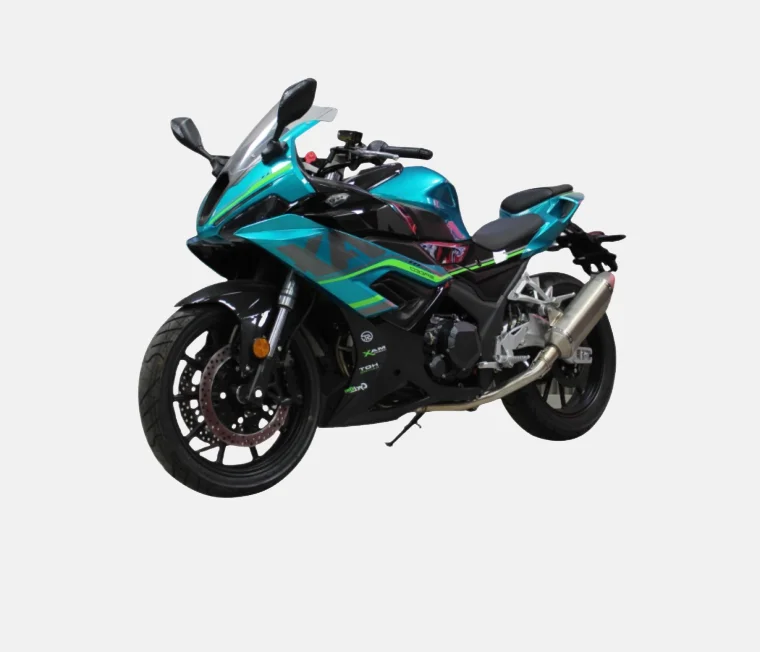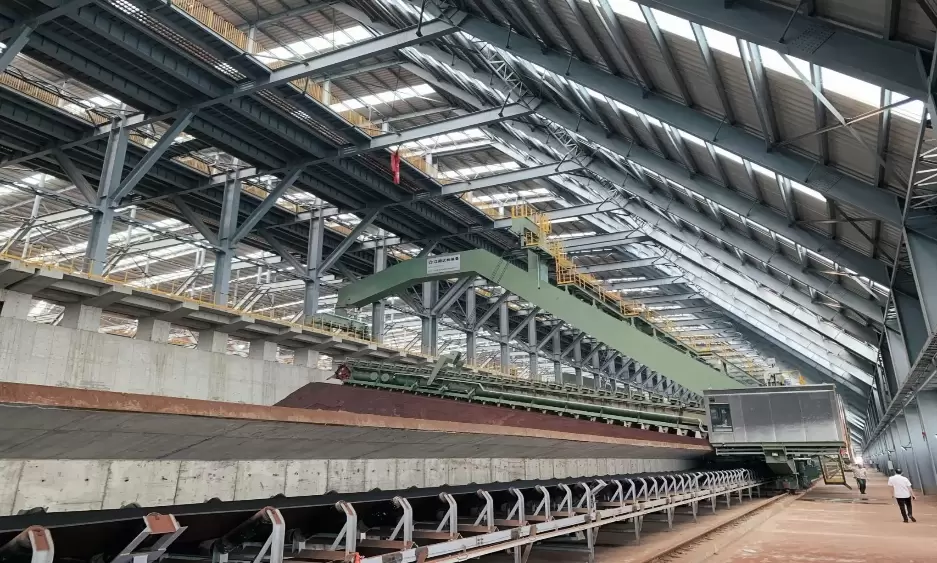When it comes to transportation, safety is a paramount concern for both individuals and regulatory bodies. While various modes of transport are subject to risks, some stand out as particularly perilous. This article delves into the complexities of transportation safety, examining the riskiest form of transport, the factors contributing to its dangers, and the implications for passengers and operators alike.
Understanding Transportation Risks
Transportation risks can be categorized into several dimensions: accident rates, fatalities, injuries, and environmental hazards. Each mode of transport—be it air, land, or sea—has its unique risk profile influenced by factors such as technology, human error, regulatory oversight, and environmental conditions.
The Riskiest Form of Transport: A Comparative Analysis
While many might instinctively point to road travel as the riskiest form of transport due to its high accident rates, a more nuanced examination reveals that certain forms of transport, particularly small aircraft and motorcycles, often present greater risks per mile traveled.
- Small Aircraft
Small aircraft, including private planes and helicopters, have a significantly higher accident rate compared to commercial aviation. According to the National Transportation Safety Board (NTSB), general aviation accounts for approximately 90% of all aviation accidents in the United States. Factors contributing to the high risk include:
- Pilot Error: A significant percentage of accidents stem from human error, often exacerbated by inadequate training and experience.
- Mechanical Failures: Smaller aircraft may not undergo the rigorous maintenance checks that commercial airlines are subjected to, increasing the likelihood of mechanical issues.
- Weather Conditions: Pilots of small aircraft often operate in less-than-ideal weather conditions, which can lead to dangerous situations.
- Motorcycles
Motorcycles are another mode of transport that presents considerable risks. The National Highway Traffic Safety Administration (NHTSA) reports that motorcyclists are 28 times more likely to die in a crash than passenger vehicle occupants. Key risk factors include:
- Lack of Protection: Unlike cars, motorcycles offer minimal protection to riders in the event of an accident.
- Visibility Issues: Motorcycles are less visible to other drivers, increasing the likelihood of collisions.
- Rider Experience: Inexperienced riders are more susceptible to accidents, particularly in challenging road conditions.
The Role of Infrastructure and Regulation
The safety of any transport mode is heavily influenced by infrastructure and regulatory frameworks. For instance, the lack of dedicated motorcycle lanes or poorly maintained airstrips can exacerbate the risks associated with these forms of transport. Additionally, regulatory bodies must ensure that operators adhere to safety standards, which can vary significantly across regions and countries.
Mitigating Risks: Best Practices
While certain forms of transport may inherently carry more risk, there are strategies that can be employed to mitigate these dangers:
- Training and Certification: Enhanced training programs for pilots and motorcyclists can significantly reduce accident rates. Regular refresher courses and advanced training can help maintain high safety standards.
- Safety Equipment: The use of helmets, protective clothing, and advanced safety features in vehicles can greatly reduce the severity of injuries in the event of an accident.
- Public Awareness Campaigns: Educating the public about the risks associated with different forms of transport can lead to more informed choices and safer practices.
Conclusion: The Ongoing Challenge of Transportation Safety
In conclusion, while small aircraft and motorcycles are often considered the riskiest forms of transport, the reality is that risk is multifaceted and influenced by a variety of factors. Understanding these risks is crucial for passengers, operators, and policymakers alike. By prioritizing safety through training, regulation, and public awareness, we can work towards minimizing the dangers associated with these high-risk transport modes. As we navigate the complexities of transportation safety, it is essential to remain vigilant and proactive in our efforts to protect lives on the road, in the air, and at sea.




